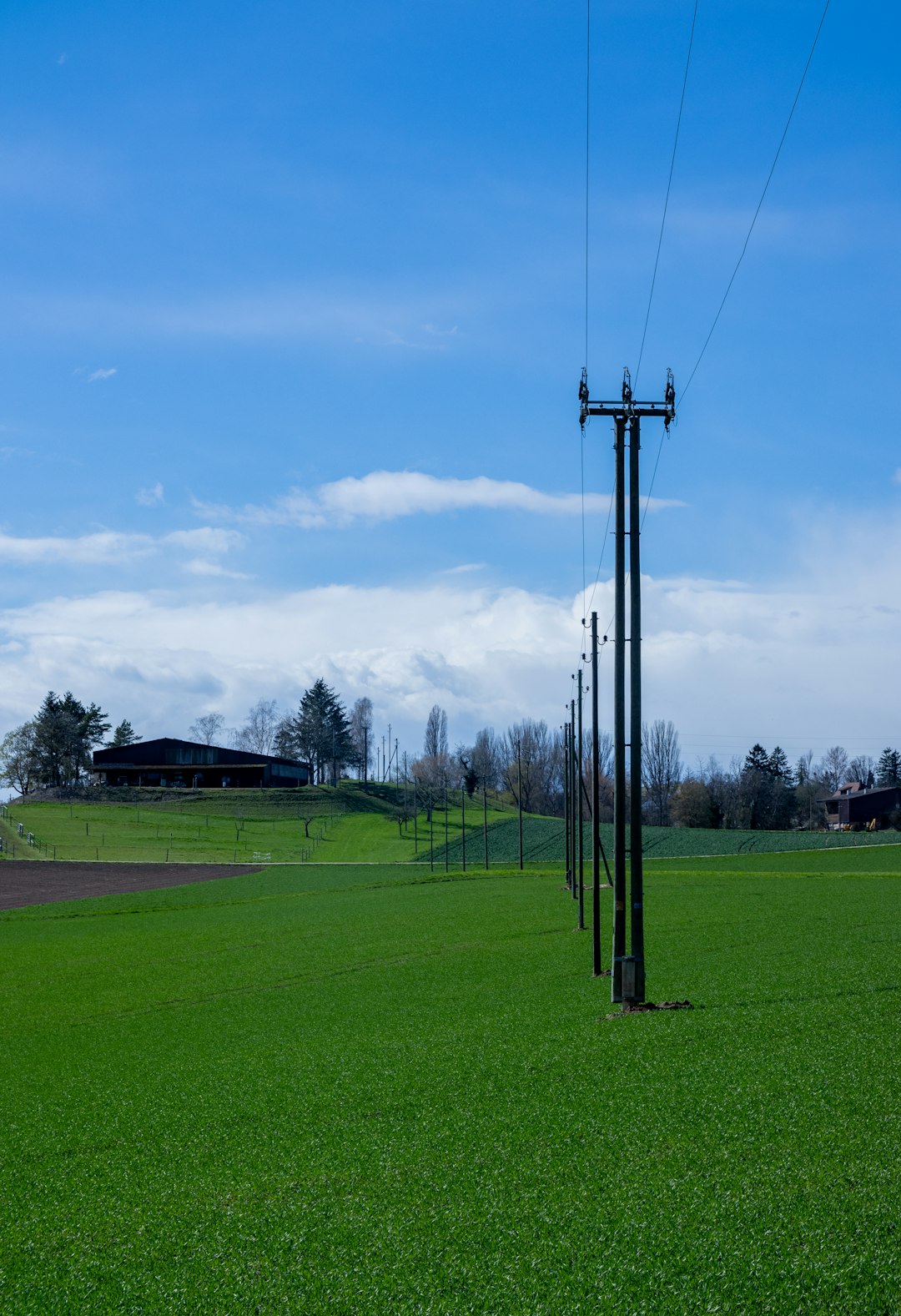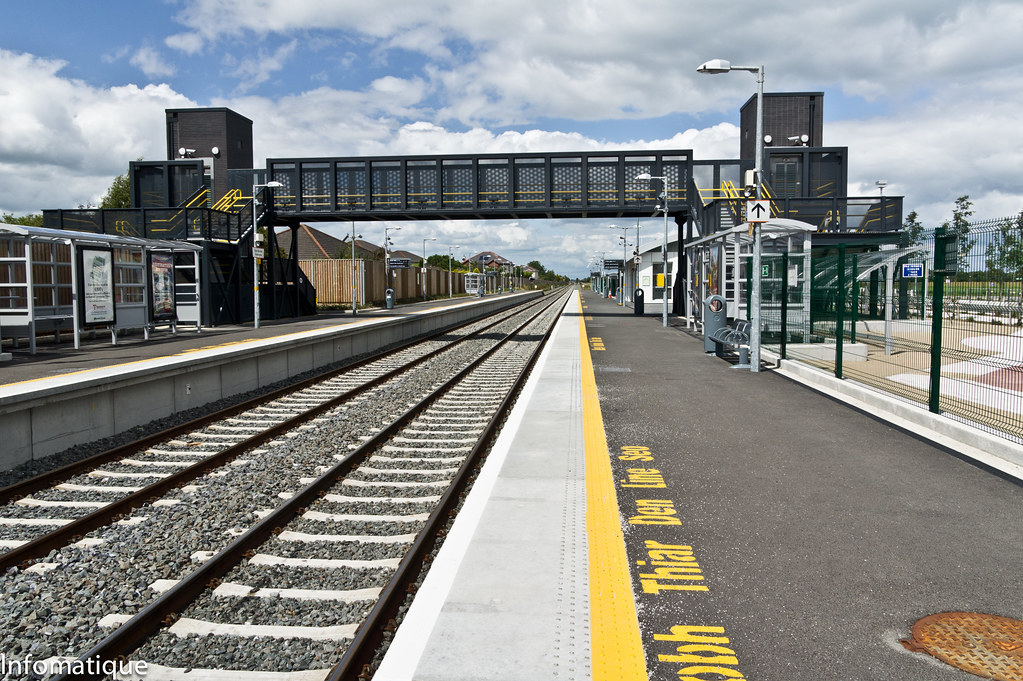Banking System Transformation and Financial Security

The Banking Act of 1933 fundamentally changed how Americans interacted with financial institutions, establishing the Federal Deposit Insurance Corporation (FDIC) that guaranteed bank deposits up to $2,500 initially. This measure restored public confidence in the banking system after nearly 9,000 banks had failed between 1930 and 1933, wiping out millions of Americans’ life savings. The Glass-Steagall Act separated commercial and investment banking, preventing the risky speculation that had contributed to the 1929 crash. Within just two years of the FDIC’s establishment, bank runs virtually disappeared from American life. The creation of federal oversight transformed banking from a risky gamble into a secure foundation for family finances. Modern banking regulations still trace their roots to these New Deal innovations, with the FDIC continuing to insure deposits up to $250,000 today.
Social Security’s Revolutionary Impact on Retirement

The Social Security Act of 1935 created America’s first federal retirement system, fundamentally altering how older Americans approached their golden years. Before Social Security, nearly 50% of elderly Americans lived in poverty, with many forced to rely on family or charity for survival. The program began paying benefits in 1940, with the first recipient, Ida May Fuller, receiving $22.54 monthly after contributing just $24.75 to the system. By 1950, Social Security had lifted millions of seniors out of destitution, reducing elderly poverty rates to under 30%. The program expanded over decades to include disability benefits and Medicare, creating a comprehensive safety net. Recent data from the Social Security Administration shows that without these benefits, the elderly poverty rate would jump from 9.7% to 38.8% in 2023.
Infrastructure Revolution Through Public Works

The Works Progress Administration (WPA) and Civilian Conservation Corps (CCC) transformed America’s physical landscape while providing employment to millions of jobless Americans. Between 1935 and 1943, the WPA built or improved 651,087 miles of highways, 124,031 bridges, and 125,110 public buildings across the nation. The CCC employed over 3 million young men who planted more than 3 billion trees, created 800 state parks, and built 46,000 miles of truck trails in national forests. These projects didn’t just provide temporary work—they created lasting infrastructure that supported economic growth for generations. Many of the airports, schools, and roads Americans use today were originally built by New Deal workers. The program’s investment in infrastructure helped establish the foundation for post-war economic expansion and suburbanization.
Agricultural Transformation and Farm Recovery

The Agricultural Adjustment Act (AAA) revolutionized American farming by introducing government price supports and production controls that stabilized rural communities. Farm income had plummeted by 60% between 1929 and 1932, forcing hundreds of thousands of families off their land. The AAA paid farmers to reduce crop production, raising commodity prices and farm income by 50% between 1933 and 1936. The program also introduced soil conservation practices that prevented another environmental disaster like the Dust Bowl. Rural electrification programs brought electricity to 90% of American farms by 1950, compared to just 10% in 1935. These changes transformed agriculture from a subsistence lifestyle into a modern, mechanized industry that could feed a growing nation.
Labor Rights and Union Empowerment

The National Labor Relations Act of 1935, also known as the Wagner Act, gave American workers the legal right to organize unions and collectively bargain with employers. Union membership exploded from 3 million in 1933 to 14 million by 1945, representing nearly 36% of the workforce. The act established the National Labor Relations Board to investigate unfair labor practices and protect workers from employer retaliation. This legal framework enabled workers to secure better wages, shorter hours, and safer working conditions across industries. The 40-hour work week and overtime pay became standard expectations rather than distant dreams. Labor protections established during the New Deal continued to shape American working conditions well into the 21st century, though union membership has declined to 10.1% of the workforce as of 2023.
Housing Revolution and Homeownership Expansion

The Federal Housing Administration (FHA), created in 1934, revolutionized homeownership by providing government-backed mortgage insurance that made buying homes accessible to middle-class Americans. Before the FHA, most mortgages required 50% down payments and had terms of just 5-10 years, making homeownership impossible for most families. The FHA standardized 30-year mortgages with down payments as low as 10%, increasing homeownership from 44% in 1940 to 55% by 1950. The Home Owners’ Loan Corporation refinanced over 1 million mortgages, preventing foreclosures and stabilizing neighborhoods nationwide. These programs created the foundation for suburban development and the post-war housing boom. Modern mortgage practices still follow FHA guidelines established during the New Deal era, with recent data showing homeownership rates at 65.8% in 2023.
Cultural Renaissance Through Federal Arts Programs

The Federal Arts Project employed over 40,000 artists, writers, musicians, and actors, creating a cultural renaissance that enriched American life during the Depression. The program produced 2,566 murals, 17,744 sculptures, and 108,099 paintings that decorated public buildings across the nation. Writers produced 1,000 books and pamphlets, including the famous American Guide Series that documented local history and culture in all 48 states. The Federal Theatre Project staged 1,200 productions that reached 30 million Americans, bringing live entertainment to communities that had never experienced professional theater. Musicians performed 225,000 concerts for audiences totaling 150 million people, democratizing access to classical and popular music. These programs didn’t just provide jobs—they created a lasting cultural legacy that shaped American artistic identity and established the principle that government should support the arts.
Environmental Conservation and Natural Resource Management

New Deal conservation programs fundamentally changed America’s relationship with its natural resources, establishing environmental protection as a government responsibility. The CCC planted trees on 20 million acres of land, helping prevent soil erosion and restoring damaged ecosystems across the country. The Tennessee Valley Authority (TVA) controlled flooding, generated electricity, and managed natural resources across seven states, serving as a model for regional development. The Soil Conservation Service, established in 1935, introduced scientific farming methods that reduced soil erosion by 40% within a decade. These programs created 800 state parks and improved 6 million acres of existing parkland, making outdoor recreation accessible to millions of Americans. Conservation efforts initiated during the New Deal laid the groundwork for modern environmental protection, with many of the agencies and practices continuing to operate today.
Educational Opportunities and Literacy Expansion

New Deal education programs dramatically expanded learning opportunities for Americans of all ages, addressing widespread illiteracy and skill shortages. The National Youth Administration provided part-time employment to 2.1 million high school students and 750,000 college students, enabling them to continue their education despite economic hardship. Adult education programs taught basic literacy to over 1.5 million Americans, reducing the national illiteracy rate from 4.3% in 1930 to 2.9% by 1940. The WPA built or improved 5,900 schools nationwide, creating modern educational facilities in communities that had previously lacked adequate buildings. Vocational training programs prepared workers for emerging industries, helping facilitate the transition from agricultural to industrial employment. These educational investments created a more skilled workforce that supported economic growth throughout the mid-20th century.
Rural Electrification and Modern Living

The Rural Electrification Administration (REA) brought electricity to rural America, transforming daily life for millions of farm families who had been living without modern conveniences. In 1935, only 10% of rural homes had electricity, compared to 90% of urban residences, creating a stark divide between city and country living. The REA provided low-interest loans to rural cooperatives, enabling them to build power lines and electrical infrastructure in areas that private companies had deemed unprofitable. By 1950, 90% of American farms had electricity, giving rural families access to refrigeration, washing machines, radios, and electric lighting for the first time. This transformation reduced the physical burden of farm work, particularly for women, and connected rural communities to national culture through radio broadcasts. The rural electrification program served as a model for rural development worldwide and helped bridge the gap between urban and rural living standards.
Healthcare Improvements and Public Health Initiatives

New Deal health programs established the foundation for modern American public health infrastructure, addressing widespread disease and inadequate medical care. The Public Health Service expanded significantly, increasing the number of public health officers from 1,200 to 3,000 and establishing health departments in counties that had never had professional medical oversight. WPA workers built 1,634 hospitals and health facilities, dramatically improving access to healthcare in underserved communities. The program also trained 50,000 nurses and healthcare workers, addressing critical shortages in medical personnel. Malaria control programs reduced the disease’s prevalence in the South by 90%, while improved sanitation systems decreased waterborne illnesses nationwide. These health initiatives saved thousands of lives and established the principle that government has a responsibility to protect public health, laying groundwork for later programs like Medicare and Medicaid.
Economic Stabilization and Financial Regulation

The Securities and Exchange Commission (SEC), established in 1934, transformed American financial markets by requiring transparency and preventing the fraudulent practices that had contributed to the 1929 crash. The SEC mandated that companies provide accurate financial information to investors, ending the era of speculation based on rumors and insider knowledge. Stock market trading volume increased from 126 million shares in 1932 to 459 million shares in 1936, as investor confidence returned with new regulations. The creation of federal oversight mechanisms reduced market volatility and protected small investors from manipulation by wealthy speculators. These regulations established the framework for modern financial markets, with the SEC continuing to oversee securities trading and protect investors today. Recent studies show that markets with strong regulatory oversight, like those established during the New Deal, experience less volatility and more stable long-term growth.
Long-term Economic and Social Transformation

The New Deal’s comprehensive approach to economic reform created lasting changes in American society that extended far beyond the Depression era. Government spending increased from 3% of GDP in 1929 to 10% by 1940, establishing the federal government as a permanent economic actor rather than a passive observer. The programs created institutional frameworks that supported economic growth for decades, with many economists crediting New Deal infrastructure investments for enabling post-war prosperity. Social safety nets established during this period reduced economic inequality and provided stability during subsequent recessions. The New Deal also changed Americans’ expectations of government, creating widespread acceptance of federal involvement in economic and social welfare. Modern economic data shows that states with stronger New Deal-era institutions continue to have more stable economies and better social outcomes, suggesting the programs’ benefits have persisted across generations.
Women’s Expanding Role in Public Life

The New Deal created unprecedented opportunities for women to participate in government and public service, challenging traditional gender roles and expanding female influence in American society. Eleanor Roosevelt redefined the role of First Lady, holding press conferences, writing newspaper columns, and advocating for civil rights and social justice. Women held 4,000 positions in New Deal agencies, compared to fewer than 1,000 in all previous federal administrations combined. Frances Perkins became the first female Cabinet member as Secretary of Labor, overseeing the creation of Social Security and unemployment insurance. The programs employed thousands of women in professional roles previously reserved for men, from artists and writers to social workers and administrators. These opportunities created a generation of professionally trained women who would later advocate for gender equality and women’s rights. The New Deal’s emphasis on social welfare also aligned with traditional female concerns about family and community, legitimizing women’s involvement in public policy discussions.
Regional Development and Geographic Equity

New Deal programs addressed regional economic disparities that had left entire areas of the country underdeveloped and impoverished. The Tennessee Valley Authority transformed one of America’s poorest regions by building 29 dams, controlling floods, and generating electricity for 3 million people across seven states. Per capita income in the Tennessee Valley increased by 200% between 1933 and 1950, demonstrating how targeted federal investment could lift entire regions out of poverty. The program also introduced modern farming techniques and industrial development that created sustainable economic growth. Similar regional development efforts brought infrastructure and opportunity to the rural South, West, and other underdeveloped areas. These investments reduced geographic inequality and created more balanced national development patterns. Modern regional development programs worldwide continue to follow the TVA model, recognizing that targeted government investment can successfully transform underdeveloped areas.
Did you expect that a single decade of government programs could reshape American life so profoundly that their effects would still be visible nearly a century later?





